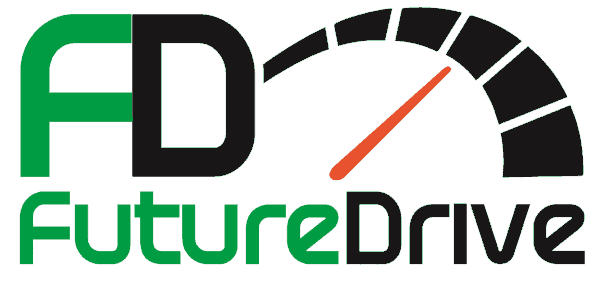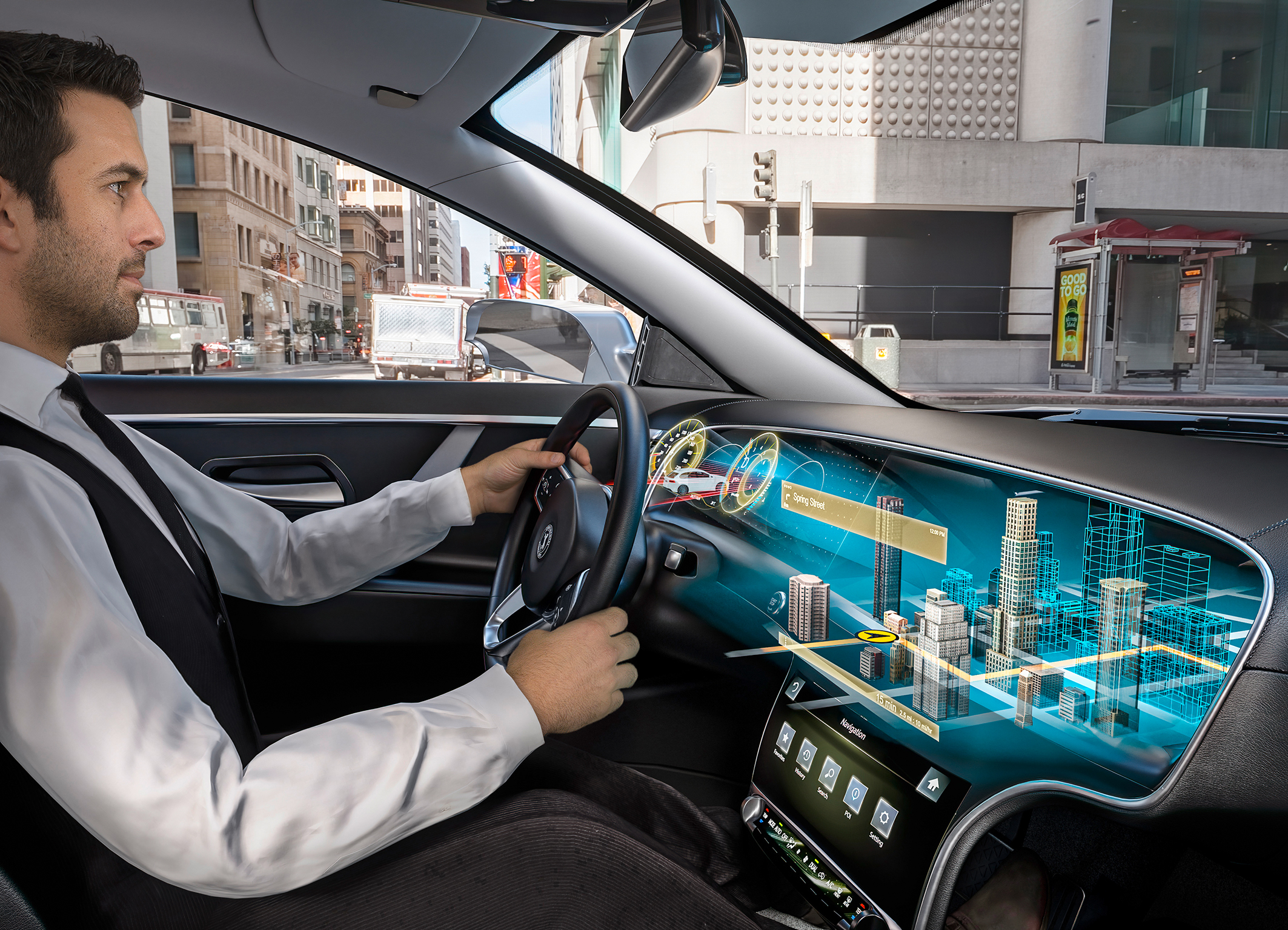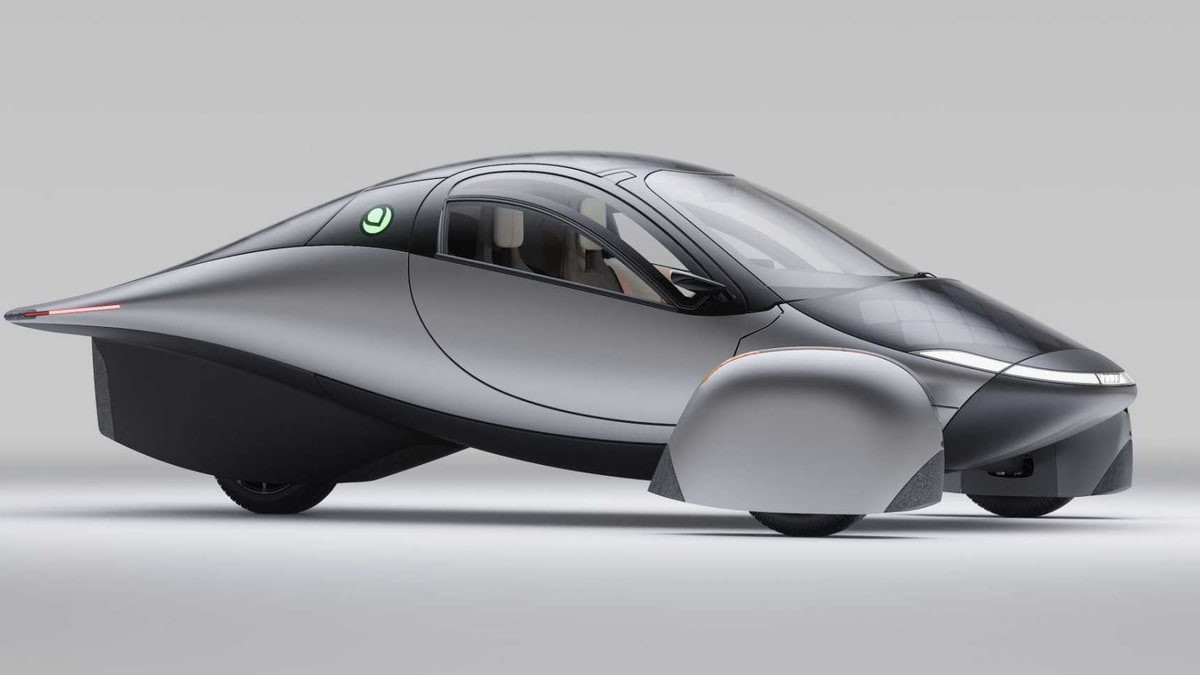Introduction
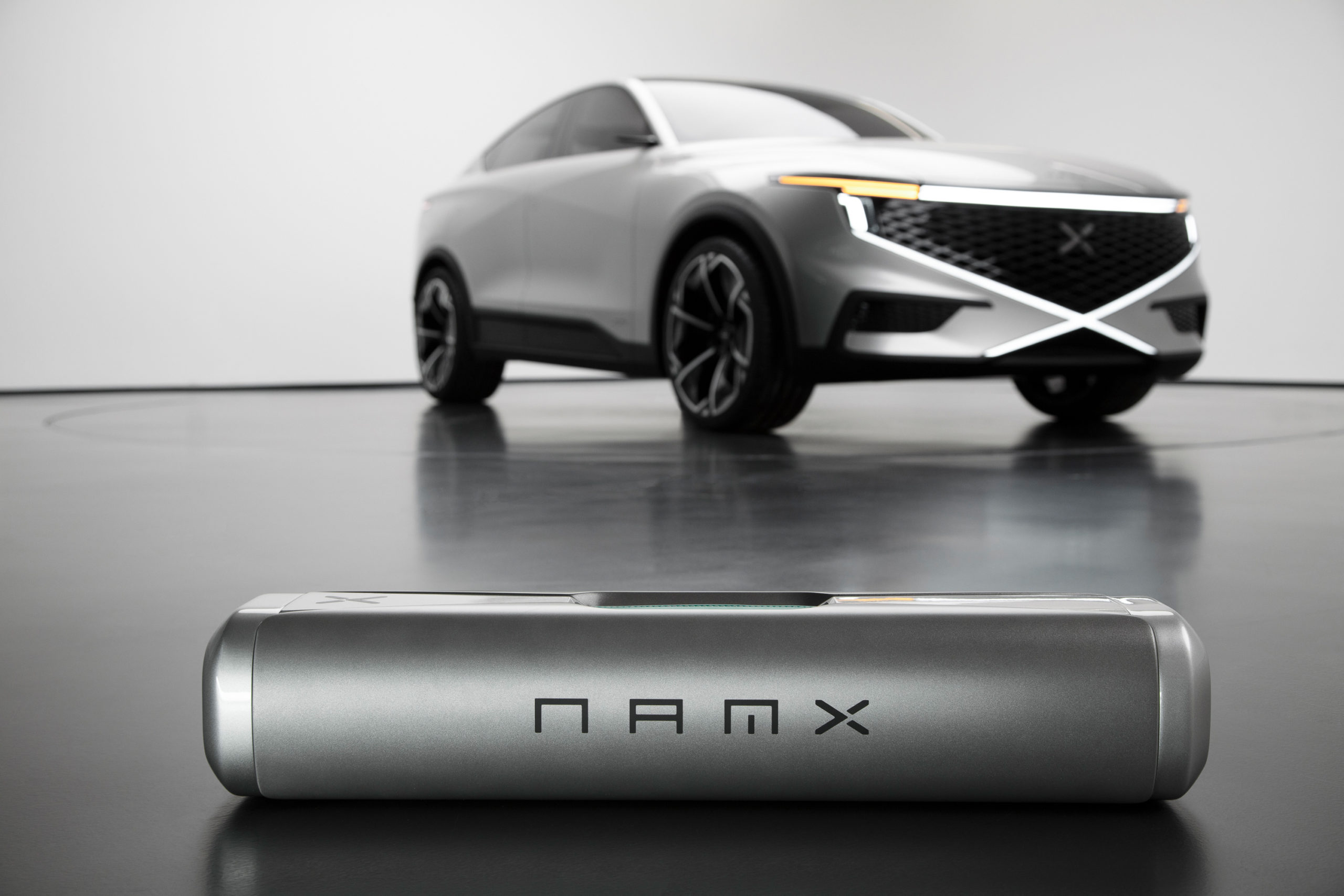
Welcome to the dynamic world of motorcar start-ups, where novelty reigns and industry borders are drawn. In this article, we delve into the burgeoning landscape of automotive entrepreneurship and discuss disruptive technologies, funding dynamics, regulatory challenges, and so forth. Hence it behooves us to uncover the driving forces behind mobility evolution as well as the revolutionary part played by startups in shaping its future.
**Section 2: Historical Evolution of Automotive Startups**
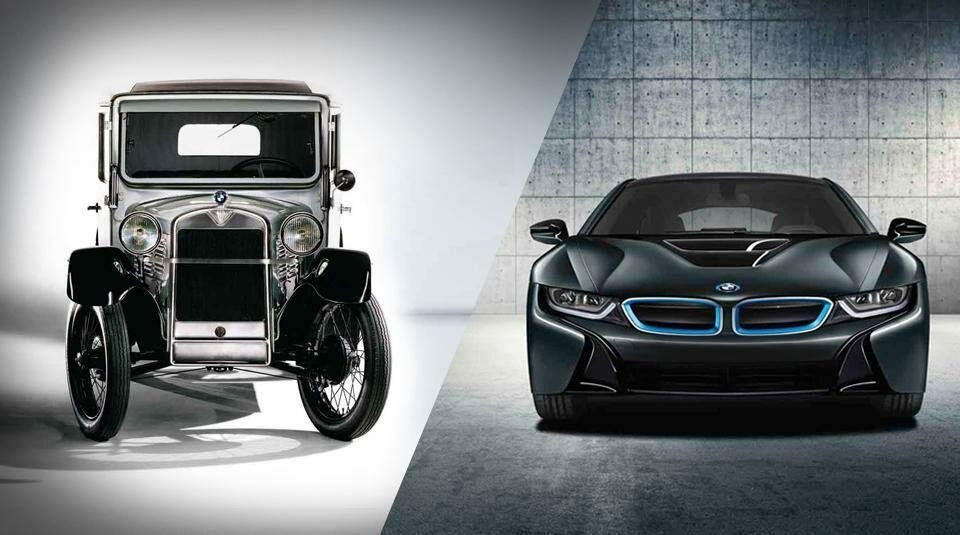
1.** The historical progression of automobile start-ups traces back to the very beginnings of the car industry itself. During this period, daring entrepreneurs grabbed opportunities presented by novel ideas and technologies with which they disrupted everything automotive. Startups such as Tesla founded in 2003 epitomize this era of innovation. Their early efforts towards electric vehicles (EVs) not only challenged traditional car makers but also drove the global transition to a green traffic system.
2.** Moreover, digitalization and the internet age have ushered in a new crop of auto start-ups targeting connectivity, autonomous driving, and shared mobility concepts. One example is Uber or Lyft while others like Waymo first introduced self-driving cars.
3.** Automotive startups have always pushed their boundaries throughout history by introducing groundbreaking innovations that disrupt conventional norms. This evolution has been shaped by technological advancements on the one hand alongside changing consumer preferences, and regulatory frameworks based on societal values on another side. As we go deeper into the historical context around automotive startups more insights can be gained about how resilient this industry is adapting to transformative changes.
**Section 3: Current Landscape: Major Players and Emerging Trends**
1.** In today’s automotive startup space, a wide range of players are shaping upcoming mobility trends. The established heavyweights like Tesla still lead with their persistent quest for EV innovations and renewable energy solutions[JJ1]. Meanwhile, various new entrants are disrupting different segments of the automotive industry.
2.** One remarkable trend is the rise in electric and autonomous vehicle companies. Thus organizations like Rivian, Lucid Motors, and NIO have come to market with ambitious electric vehicles that compete with traditional OEMs in performance, range, and sustainability. In addition to this, they are advancing self-driving technology like Zoox and Aurora.
3.** Another notable trend involves the growth of mobility-as-a-service (MaaS) start-ups. Lime and Bird for example have transformed urban transportation through providing dockless electric scooters as well as bikes which are convenient, eco-friendly alternatives to traditional modes of transport. Moreover, carpooling platforms such as Turo or Getaround democratize access to cars making it possible for people who want to earn money from their idle assets while also providing cheap transportation options.
4.** Consequently, the result is increased innovation in the form of connected car solutions, predictive maintenance, and vehicle cyber security startups that leverage artificial intelligence (AI), machine learning, and data analytics to improve vehicle performance, safety, and user experience.
**Section 4: Innovations Driving Automotive Startups**
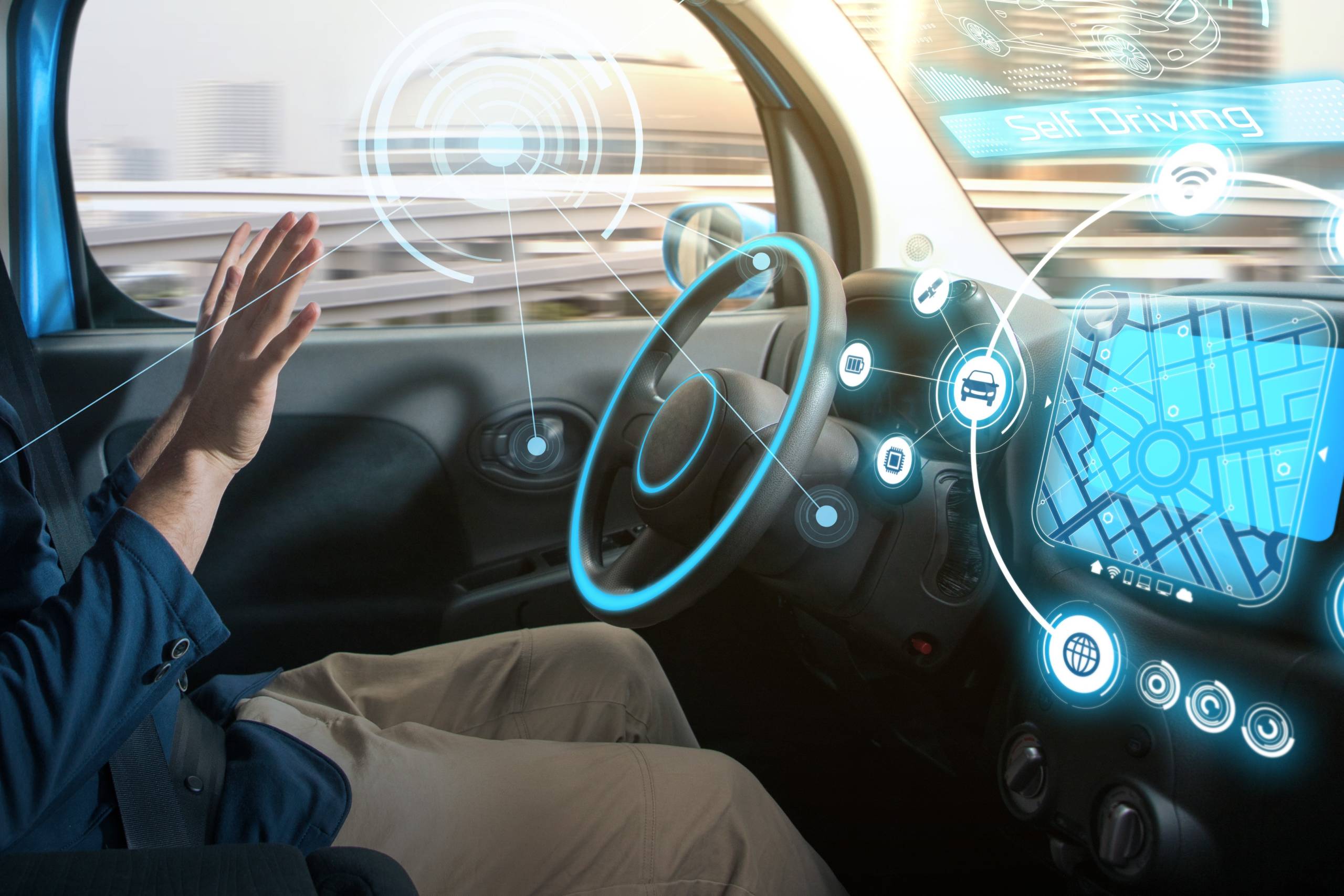
1.** The force driving automotive startups is an innovation that keeps them moving forward in an ever-evolving industry. These startups are leading technological advancement, presenting novel solutions that redefine the experience of driving and determine tomorrow’s mobility.
These cars offer zero-emitting transport modes while at the same time having impressive range, acceleration, and advanced features that challenge the conventional gasoline engines’ dominance.
2.** Another innovation that many car startups are pursuing is self-driving technology. Waymo, Cruise, and Aurora among others are working on cutting-edge autonomous vehicle systems that can skillfully navigate through complicated urban areas without any assistance from human beings. This may result in enhanced road safety, better logistic transportation efficiency as well as increased access for disabled or elderly people.
3.** In addition to electrification and autonomy, innovations around connectivity and user experience have been pioneered by automotive start-ups. For example, Byton and NIO are integrating advanced infotainment systems into their vehicles such as voice-activated assistants and augmented reality displays thereby creating personalized driving environment experiences alongside immersive ones. Additionally; advancements have been made in Vehicle-to-Everything (V2X) communication technologies where vehicles can communicate with other cars or surrounding infrastructures which improves road safety, traffic control, and convenience
4.** Apart from the vehicle itself, sustainable manufacturing processes, battery technology, and energy storage solutions have also seen tremendous progress due to efforts from automotive start-ups. These companies practice environmentally friendly material selection, and waste reduction strategies as well as improved production techniques thus contributing to a cleaner way of producing vehicles in the future.
**Section 5: Sustainable Solutions in Automotive Startup Initiatives**
1.** Numerous initiatives in automotive startups are grounded on sustainability, depicting a growing environmental consciousness and demand for green transportation alternatives. Various dimensions within the automobile industry have witnessed these enterprises coming up with new ways of enhancing sustainability.
2.** The development of electric vehicles (EVs) is one crucial element of sustainable initiatives undertaken by automotive start-ups. Tesla, Rivian, and NIO lead this front by creating EVs that provide an alternative to traditional internal combustion engine vehicles without any emissions into the air. These availing their services; startups reduce carbon emissions through the utilization of advanced battery technology and renewable sources of energy hence mitigating transport’s impact on the environment.
3.** Moreover, automotive start-ups are attempting to make their products more sustainable by using alternative materials or production methods. Canoo for instance makes use of recycled materials, biodegradable components, and other sustainable manufacturing techniques to minimize resource use and waste generation throughout its production processes.
4.** Automotive startups have also concentrated on developing sustainable mobility solutions apart from vehicle design & production. Examples include ride-hailing platforms like Lyft or BlaBlaCar which encourage carpooling thereby reducing vehicle numbers thus traffic jamming or even lessening carbon emissions associated with fuel consumption. On a similar note, micro-mobility companies such as Lime and Bird offer electric scooters as well as bicycles meant for short-distance travel within urban areas as convenient eco-friendly options.
**Section 6: Funding and Investment Patterns in the Automotive Startup Sector**
Given that a considerable amount of capital is required for research, development, and production activities; adequate funding is vital for automotive startups’ growth and success. Startups seeking to navigate this changing sector as well as investors must be informed on investment patterns and the funding landscape.
- **Venture Capital (VC) Investments**: Venture capital funding features prominently in early stage development and expansion of most automotive startups. Specialized venture capital firms like Andreessen Horowitz and Sequoia Capital seek out startups showing promise with ground-breaking technologies in mobility or connected transportation. By investing in such businesses, they make it possible for them to develop prototypes needed for market research purposes or scale up their activities.
- **Corporate Venture Capital (CVC) Initiatives**: Some established technology companies as well as motor vehicle manufacturers have chosen to set up venture capital arms that support investments aligned with their strategic objectives. BMW I Ventures together with Toyota AI Ventures represents just a fraction of firms globally that actively scout for startups engaged in anything related to autonomous driving, connected mobility, or upcoming electrical car technologies. Through CVC investments, there is a provision of funds by start-ups besides offering them an opportunity to access knowledge from within the same field hence establishing connections between them.
- **Angel Investors and Seed Funding**: Startups in the automotive industry have other sources of funding like angel investors and seed stage funds apart from institutional investors. These are the first capital providers who finance start-ups in exchange for ownership interests thus enabling them to actualize their ideas, conduct market tests, and also attract investment. More importantly, angel investors can bring mentorship links to startups knowing this industry.
- **Strategic Partnerships and Joint Ventures**: Any startup within the motor vehicle industry may form strategic alliances or enter joint ventures with big names to source funds, resources as well as marketing channels. This typically involves cooperation on R&D projects, co-developing technologies or even jointly launching marketing campaigns. Taking advantage of bigger partners’ abilities or resources, helps them venture into new markets faster while minimizing risks.
**Section 7: Disruptive Technologies: Impact on Traditional Automotive Industry**
- **Connectivity and IoT**: Car startups employ connectivity elements as well as Internet of Things (IoT) mechanisms in a bid to offer personalized driving experiences without interruptions or connections between multiple software applications or hardware devices which allow interaction through simple programming interfaces (APIs). Besides fitting smart functions like entertainment systems into vehicles including smart features such as integrated V2X communication” startup companies including Byton or Rivian provide numerous applications useful while driving for passenger’s convenience, security while driving a vehicle or even enjoyment when traveling. Furthermore, this connection enables collection plus analysis of real-time data thus making predictions concerning maintenance, remote diagnosis, or customization of services.
- **Shared Mobility and Ride-Hailing**: The sharing economy has seen the advent of ride-hailing platforms like Uber and Lyft which have brought many traditional car models into urban transportation. In addition, these start-ups offer a convenient and affordable substitute to personal vehicle ownership thereby reducing congestion, pollution, and parking requirements among others in cities. What is more shared mobility services are growing to include electric scooters, bikes as well as micro-transit solutions that meet different mobility needs and preferences.
- **Blockchain and Digital Identity**: Automotive startups are also exploring blockchain technology as well as digital identity solutions aimed at making the automotive value chain more secure, transparent as well as efficient. Some of these platforms include VeChain or CarVertical which based on blockchain help manage supply chains right from vehicle registration to ownership verification thus simplifying processes while cutting down risks associated with fraud. On top of this, there are also peer-to-peer car-sharing networks that employ blockchain to enable vehicle owners to receive payments allowing them to be used by other individuals who do not require intermediaries when they want access to transportation.
**Section 8: Regulatory Challenges and Opportunities for Automotive Startups**

Complying with local national international regulations is crucial for market entry sustainability growth; therefore regulatory compliance is important for any activities carried out by automotive start-up companies. Regulations often cause roadblocks, but in a way, they can be used as springboards for innovative ideas and company diversification.
- **Compliance and Safety Standards**: In automobile manufacturing, new entrants need to stick by safety and compliance regulations from regulatory bodies such as the National Highway Traffic Safety Administration (NHTSA) or The European Union (EU)’s European Commission. By meeting safety standards, these companies are guaranteed that their vehicles at least satisfy minimum safety requirements which reduces customer liability risk.
- **Emissions Regulations**: The globe is witnessing tighter emission regulations due to increasing concern about air pollution as well as climate change. As much as start-ups manufacturing internal combustion engine vehicles have to meet emissions targets set by regulators such as the United States Environmental Protection Agency (EPA), this is also true concerning the Euro Standard in Europe. On the other hand, some incentives are available for electric vehicle start-ups as a way of fostering zero-emission transportation through policy support.
- **Data Privacy and Cybersecurity**: In light of more connected cars and autonomous vehicles, data privacy together with cybersecurity rules has become an issue of growing importance. This means that the automotive industry needs to protect against unauthorized access to data including customer details like GDPR (EU) or CCPA (US). Besides, startup firms working on autonomous driving need to thwart possible cases of hacking or data breach attacks that could occur.
- **Vehicle Homologation and Certification**: Before they can launch their products into the market, auto startups have to pass through homologation processes that demonstrate adherence to technical aspects of a vehicle’s design as well as its built-in safety features. These processes differ among jurisdictions, often involving extensive testing/validation activities carried out by authorized agencies/regulators. Adherence to homologation requirements ensures that cars meet legal norms stipulated per region thus allowing their sale/operation where intended within each country.
**Section 9: Market Penetration Strategies: Navigating Competitive Terrain**
Automotive startups that want to establish themselves in a competitive industry must make market penetration their key objective. This is because effective market penetration strategies provide visibility, attract customers, and increase the company’s market share among established competitors. The following are key strategies for navigating through the competitive terrain;
- **Product Differentiation**: On its part, an automotive start-up can distinguish itself from the competition by having unique features, design elements, or performance attributes. To entice customers who value innovation, sustainability, or premium driving experiences, start-ups may present their distinct value propositions. For instance, Tesla’s concentration on electric propulsion, advanced autonomy, and sleek designs makes it distinguished from traditional automakers such that it enjoys market penetration in the electric vehicles segment.
- **Targeted Marketing and Brand Building**: Therefore, understanding customer needs, preferences, as well as behaviors, is essential for effective market penetration. Such tools as digital advertising and social media campaigns alongside influencer partnerships have been widely used by start-ups to penetrate specific demographic segments where they would like to create brand awareness. By creating compelling brand narratives and establishing emotional connections with customers; these companies develop brand loyalty which aids in pushing more company products (Ibid). For example, Lime, a startup that deals with electric scooters targets college students and urban commuters via localized marketing campaigns along with community engagement initiatives.
- **Partnerships and Alliances**: Cooperation of automobile start-ups like other new entrants in many industries has proved vital in accelerating their rate of penetrating markets more quickly than if they had relied solely on internal growth methods (Bollenbacher & Bühler 2016). Its partnership allows Zoox’s partnership with Amazon to enhance these relocated goods increasing its reach beyond passenger transportation (Eckhardt et al., 1998)). Cooperating with already established industry players or strategic partners/complementary businesses accelerates this process. Partnerships enable startups to leverage existing distribution channels, gain access to new customer segments, and benefit from partners’ expertise and resources. For example, autonomous vehicle startup Zoox partnered with Amazon to leverage its logistics network and accelerate the deployment of autonomous delivery vehicles, expanding its market reach beyond passenger transportation.
- **Localized Expansion and Market Entry**: On the other hand, automobile start-ups have come up with localized expansion strategies that can be immensely effective in breaking into fresh markets (Hanssens et al., 2001). By looking at regions having favorable regulation environments, infrastructural support systems or consumer demand for instance automotive companies may allocate their resources effectively by prioritizing where they may face fewer market entry barriers. Rivian is one of such company; it strategically focuses on selling electric vehicles in places like California or Europe, creating a strong market presence that will lead to more people buying their electric trucks/SUVs.
Conclusion
“Several dynamic and forward-thinking automotive startups have emerged in 2024 that show a promising future. These businesses are at the forefront of transportation innovation, with developments such as electric motors, automated driving systems, and eco-friendly materials. They challenge established norms for vehicles through their emphasis on sustainability, safety, and consumer-centric design to address global concerns.
This transformation goes beyond industry standards alone; it alters our perspective on movement while we interact with our environment. By doing so, they are not just changing the motor industry but also shaping progress in society at large. Considering that they keep exploring new territories and redefining the possibilities of car technology, this influence will go beyond sector boundaries leaving an indelible mark on how generations navigate life’s journey.”
